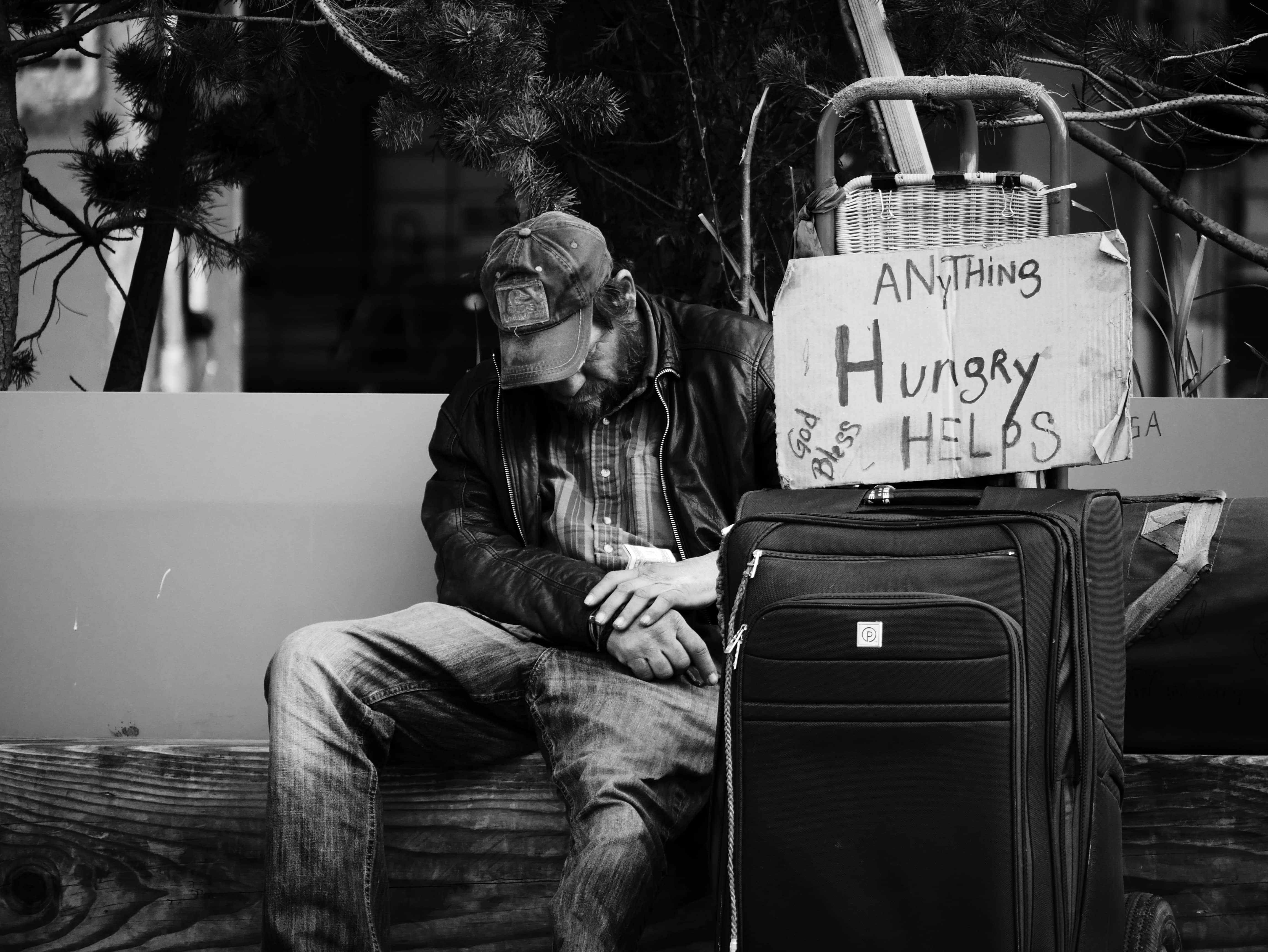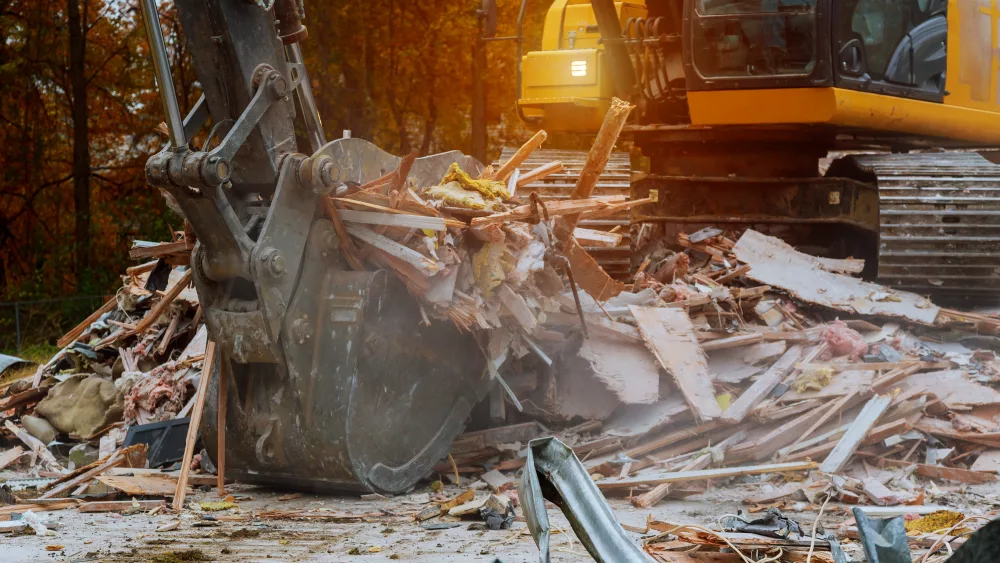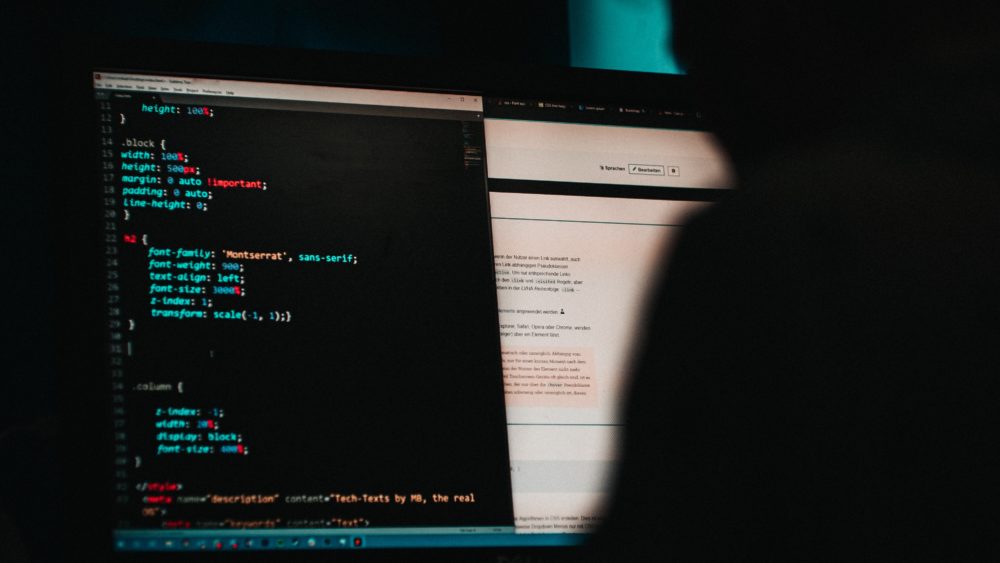
Get the latest news: Subscribe Now
There are members of our community – Springfield, Illinois, and beyond – that do not live lives that many would easily recognize. Many millions of Americans, in fact, hide their suffering, their lack of money, their lack of resources, and all that follows each.
What can those that do have, do to better help and assist those friends, family members and neighbors of ours who – whether in silence, in many cases bearing immense guilt, frustration, and often self-loathing – struggle through life in a society which we all can positively impact by our singular and collective actions?
How does the suffering of many impact our lives? Economically, morally, passively, actively, and the like? How do we rid the nation of homelessness in a meaningful, if never-ending, way? Furthermore, how do we change the narrative that has followed those who have naught for centuries and longer?
These are just some of the topics that the Helping Hands of Springfield’s Executive Director delved into when WMAY was fortunate enough to spend some time with her last week.
While part one dealt with homelessness, the origins of Executive Director Davis’s professional passion and the history of the Helping Hands of Springfield, and food insecurity, the conversation became very interesting, and even more nuanced in some cases over the time we enjoyed one another’s company.
Part two has much of the rest of our chat together, and the answers the executive director gave to us were absolutely brilliant in their depth, empathy, and economic sense! Enjoy!
WMAY: What can everyday people do to assist their fellows–outside of public or private institutions? Is there anything, furthermore, that they can do with or through Helping Hands and other organizations to make a greater impact upon those who need the most?
LD: I think the most important step that everyday people can take is to educate themselves and re-humanize other people. It costs nothing to make eye contact and offer a smile or a “good morning,” to another person. Take the opportunities to engage in a conversation with someone you may not otherwise, and you are likely to come away with a new understanding. Allowing someone to tell you their story can be both heartbreaking and the most rewarding experience you will have.
I frequently get asked about how to handle panhandlers, and it’s a question I try to avoid. I cannot tell someone else what they should do, but I can offer how I handle requests for money. I generally will try to make eye contact and greet whomever I am passing on the street. If they ask for change, I explain that I do not carry cash, but I can connect them to resources if they are in need.
People who are panhandling are often not unhoused, and they continue to do so because it works for them. If I am not pressed for time and I judge the situation to be safe, I may purchase an extra coffee and sit down in a public setting with someone and have a conversation. These human connections keep me grounded and remind me of why I do what I do.
For those looking to volunteer or work within the community, I encourage them to reach out to the United Way. They have a volunteer connection program that will help place people with agencies that align with their individual values. The Continuum has an ambassador training program called Hero for Zero
People can complete the training to learn more about homelessness in our community. I also encourage people to become members of the CoC to learn more about our efforts to end homelessness.
WMAY: Would you say, as I have long believed, that the long-term costs of widespread homelessness across local communities, the states and the entire nation as a whole, are greater than the cost of creating a stronger social and economic floor–with assistance for those that stumble–to save these souls from suffering and help them become more functional parts of our collective society once again?
LD: I absolutely agree, and there is significant data to back this up. Reactive, emergency services are expensive and do not fully meet the needs of recipients.
I think the problem is that while we share a collective society, our culture does not encourage collectivism. We focus on individualism and self-resolution of problems. We have to do something worthwhile to “earn” our right to a safe and healthy society, and those who are deemed unworthy are pushed to the side. Collectivism requires open communication and compromise. We would have to have a basic agreement on what a strong social and economic society looks like and what priories we will set to get there.
That said, I believe that there is a concerted effort to address historical inequities and create a more proactive approach to reinforcing the social safety net. The overall cost of reactive services is being analyzed and the state and federal governments are prioritizing funding to those programs following evidence-based practices with demonstrated long-term positive outcomes.
WMAY: What is the best means to rid the nation of homelessness? Housing remains the critical issue of course, but how that is attacked always seems a point of contention; more housing needs to be built, but we also have massive buildings that are empty across the nation and all of the states; housing needs to be built, but housing for the poor and needy does not sell as well to those with capital and the means to make real, significant change as high-income, high-status apartments or developments are. If you could unpack it all as best you can, which direction should the public look to be pushing towards?
LD: This question speaks not just to homelessness, but to the entire approach we take towards infrastructure in our country. Often, there is funding available for new construction but not for rehabilitation. The cost of remediating old buildings can be substantially higher due to the use of unsafe building materials (lead and asbestos come to mind). Because disposing of these materials and maintaining safety while doing so is cost-prohibitive, the buildings sit empty and decompose, which reduces overall property values in the surrounding areas.
As to whether empty buildings should be moderately rehabilitated to provide more immediate housing options for low-income people, it becomes even more complicated. Any rental assistance provided using HUD funds requires a housing quality standards (HQS) inspection.
Many of the apartments made available to unhoused individuals barely meet these standards, and the cost to heat and cool them are much higher due to energy inefficiency. Because they often do not meet the criteria set by HUD, rental subsidies are not available, so those who rent them are stuck paying full market rent.
A moderately priced one bedroom in this instance would be around $550/mo plus utilities (for this example, figure $100/mo). If someone receiving SSI making $914/mo rents this unit, they are paying over 70% of their income in housing costs.
Compare this to new construction which qualifies for Section 8 or public housing subsidies. The same individual renting this unit would only pay 30% of their income in rent, and generally, the newer materials make the unit more energy efficient which reduces their utility cost.
From a collective good approach, it would make more sense to fully invest in infrastructure improvement, make TIF funds available to those trying to create affordable housing solutions, and increase the number of housing vouchers available to provide subsidized rental opportunities.
WMAY: What part does public education have to play in changing the perceptions of those growing up in regards to the solutions to food and housing insecurity, the causes of these and related phenomena, and how governmental policy plays a role in either eliminating or exacerbating either?
LD: Public education can work to reduce the stigma associated with housing instability by creating an environment where access to resources is offered to all families in a non-threatening and inviting manner. Meals and school supplies should be freely available to all who attend and built into the cost of providing public education.
All educators should be taught the tenets of trauma-informed care and work to identify signs of trauma and create a safe space for children. For some, school is their only escape and they need the structure and stability that schools provide. For others, especially those who do not thrive in conformity, school itself is a source of trauma.
WMAY: Why do you think there has for so long been this sort of tension and aggravation at homeless people or the homeless as this great phantom scapegoat? Why is society just now starting to treat these people as people?
LD: We discussed the idea of a deserving and undeserving poor, and I think that explains a large part of the animosity we see towards people experiencing homelessness. There is a belief that the person must have made bad decisions, done something terrible, is lazy, or just doesn’t want to put in the effort to improve their situation.
I think the people who believe this have never had to navigate the system. They don’t recognize the incredible amount of work it takes just to meet your basic needs when you don’t have a fixed residence, let alone trying to work through an incredibly disjointed and red-tape-laden system.
I also think there is a general discomfort that comes from seeing the suffering of another human being, especially if we feel powerless to alleviate that suffering, and so the human mind creates a barrier that dehumanizes the other person. We avoid eye contact, pass them on the street without a glance, and in our minds we separate them so that we don’t inadvertently see ourselves in their situation.
As to why society is starting to treat them as people, it is likely a combination of factors. There has been a large push in recent years regarding education on the effects of childhood trauma. As the language of mental and behavioral health, addiction, and harm reduction enter into the mainstream vernacular, it opens up our understanding of what unhoused people are struggling with. This is why personal stories and community education are so important.
WMAY: Any special events or announcements, innovations, or the like would be useful for alerting the public about?
LD: Helping Hands will be hosting a few fundraising and educational events in the near future. Our closest upcoming event is a cocktail hour in late May, and I will send along details when we have them hammered out.
Our thanks to Executive Director Davis, the Helping Hands of Springfield, and all of their staff for their time and consideration.





